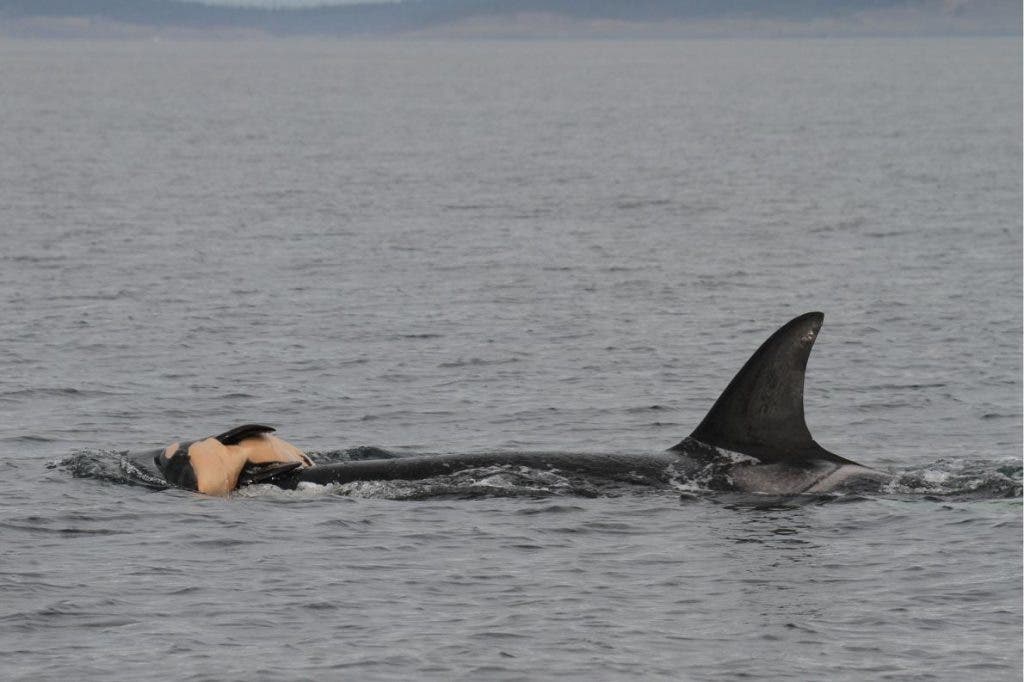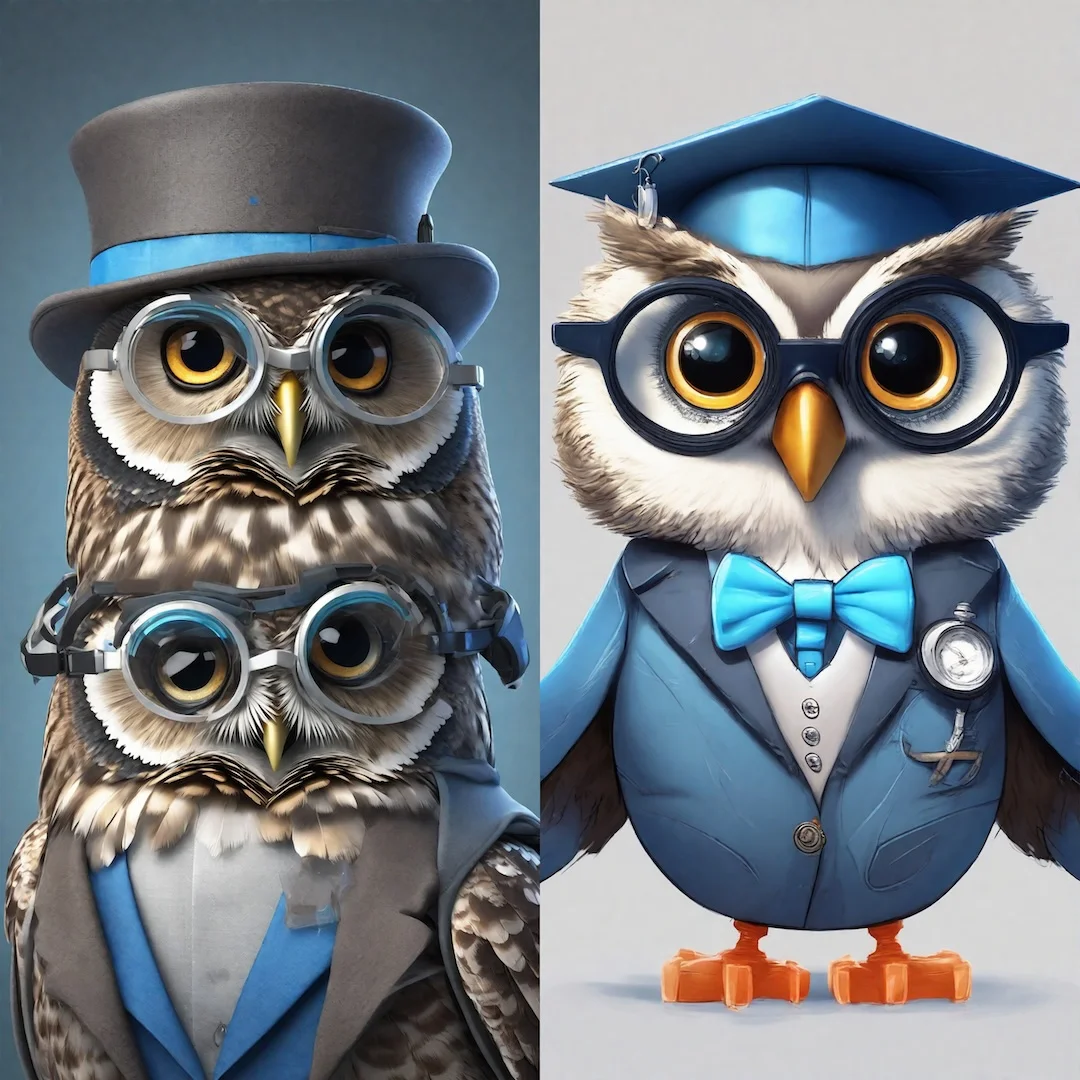A new study has found evidence of mourning behavior in more than six species of marine mammals. The animals have been seen clinging to the bodies of dead relatives or podmates, refusing to let go — a behavior similar to that of human grieving.
The most likely explanation behind the animals’ observed behavior is grief, the researchers believe. Barbara King, emeritus professor of anthropology at William & Mary in Williamsburg, Virginia, and author of the book How Animals Grieve, defines animal grief as emotional distress coupled with a disruption of usual behavior.
“They are mourning,” says study co-author Melissa Reggente, a biologist at the University of Milano-Bicocca in Italy. “They are in pain and stressed. They know something is wrong.”
There is previous evidence of a growing number of species that seem to be stricken with grief at the loss of a family member. Elephants will even return over time to the resting place of a dead companion. All this lends weight to the argument that animals feel emotions. Throwing their hat into the controversy, Reggente and her colleagues gathered reports (most of them yet unpublished) of grieving behavior in seven whale species, from sperm whales to spinner dolphins. Their study found that all of these species have been reported to keep company with their dead around the globe. They’re not just isolated cases, either.
“We found it is very common, and [there is] a worldwide distribution of this behavior,” Reggente says.
And the animals seem to understand exactly what they’re doing. In one case, researchers on a boat in the Red Sea watched an Indo-Pacific bottlenose dolphin push the badly decayed corpse of a smaller dolphin through the water. When they lassoed the dead body and begun towing it towards land to bury it, the adult swam alongside the body, occasionally touching it. It escorted it until the water became dangerously shallow, and remained just offshore long after the carcass had been taken away. The relationship between the two dolphins isn’t clear, but Reggente believes they were either mother and child or close kin.
This behavior is even more striking when you consider just how costly it is for the animals. Keeping vigil over a dead companion means that the animals don’t feed and aren’t interacting with other whales, putting it at risk of starvation or social exclusion.
On other occasions, the scientists did have clues about the relationship between the mourner and the dead animals. One female killer whale, known as L72, was seen off San Juan Island in Washington carrying a dead new-born in her mouth. L72 showed signs of recently having given birth, and the researchers observing it reported that it was likely due to have another.
“She was trying to keep the [dead] calf up at the surface the entire time, balancing it on top of her head,” says study co-author Robin Baird of Cascadia Research Collective in Olympia, Washington, who witnessed the mother’s efforts.
A killer whale mother and her offspring may spend their whole lives together, he adds. When one dies Baird believes that “the animals go through a period where they’re experiencing the same kind of emotions you or I would when a loved one dies.”
The study also found reports of whales holding dead calves in their mouths, pushing them through the water or touching them with their fins. Grieving can also involve a whole community of whales — in one case, short-finned pilot whales in the North Atlantic Ocean created a circle around one adult and dead calf, seemingly protecting them.
Another case involving spinner dolphins took place in the Red Sea. Here, one adult pushed a young animal’s body toward a boat, and when the vessel’s crew lifted the carcass on board, the entire group of dolphins nearby circled the boat and swam off.
“We cannot explain why they did this,” Reggente says.
“Sure, sometimes we may be seeing curiosity or exploration or nurturing behavior that just can’t be ‘turned off,’” King said. “[But] it’s undeniable that we can also read something of the animals’ grief in the energy they expend to carry or otherwise keep dead infants afloat, to touch the body repeatedly, to swim in a social phalanx surrounding the primary affected individual.”
This behavior certainly has an element of curiosity or remanent nurturing instincts behind it, but they can’t, by themselves, explain what we’re seeing these animals do. They expend a whole lot of energy, either individually or as a group, in their rituals of carrying or keeping dead individuals afloat. The social interaction, centered on supporting the grieving individual, is also highly reminiscent of human society when confronted with the loss of its members.
We all know the pain and harrowing loneliness of losing a loved one, and it seems whales do too. The question now is how will we treat these animals, knowing they feel the same way as we do.
The full paper, titled “Nurturant behavior toward dead conspecifics in free-ranging mammals: new records for odontocetes and a general review” has been published online in the Journal of Mammalogy and can be read here.










